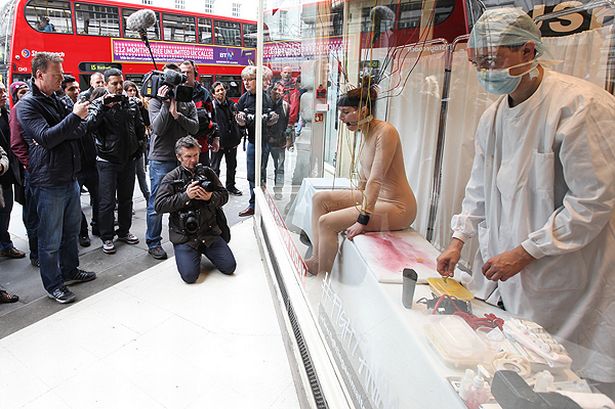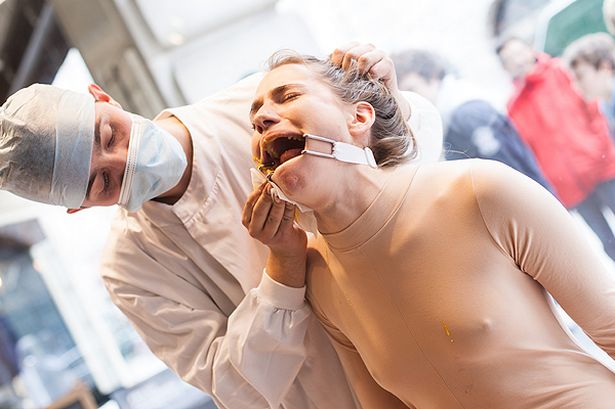What makes it okay for one species to subject another to torturous experimentations for the others’ benefit?
What separates human beings from animals? Are not humans, in a sense, animals as well? What makes it okay, then, for one species to subject another to torturous experimentations for the others’ benefit?These questions and many more have been asked for years by ethically-conscious individuals and animal rights activists seeking to inspire change.
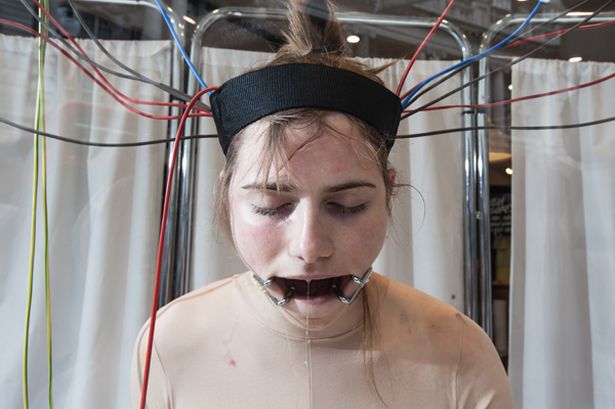
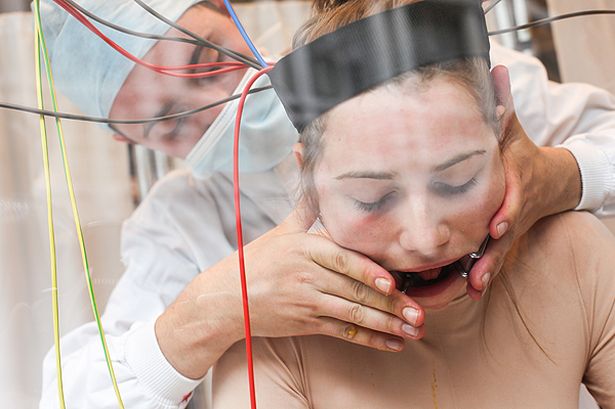
And now, the cruelty-free cosmetics company Lush has unveiled what is probably the most disturbing animal rights campaign to presently exist in effort to raise awareness about animal experimentation. The company knows that the best way to inspire individuals to act is to get them emotionally involved. In this case, that means subject a human to the many mistreatments commonly inflicted upon animals day-to-day in laboratory settings around the world. For the campaign, a young woman named Jacqueline Trade humbly subjected herself to the practices presently carried out on animals in testing labs around the world. She wore a flesh-colored body suit and was bound and gagged as all sorts of experiments were carried out on her.
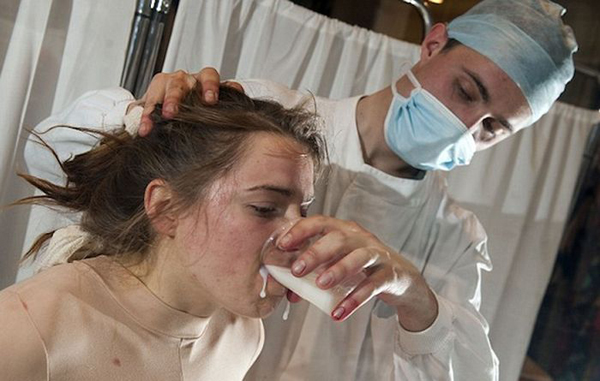
She experienced the same treatments as lab animals to help the cruelty-free cosmetics company make a point.
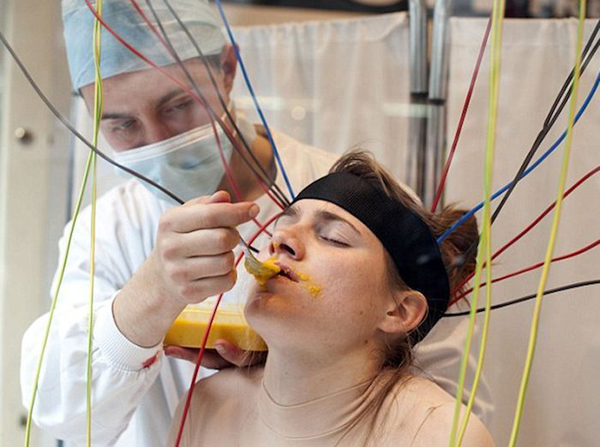
The 24-year-old had food stuffed down her throat until her gag reflex was overwhelmed and she could barely breathe.
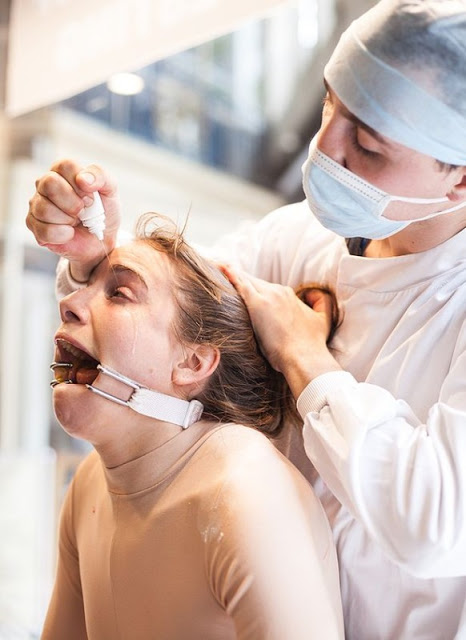
Then the same chemical treatment used in animal experiments was squeezed into the young activist’s eyes. If you think she was faking the terror, participants of the event adamantly claim her emotions – and that of bystanders – were very real.
Like animals in a lab, Jacqueline, too, had her head shaved.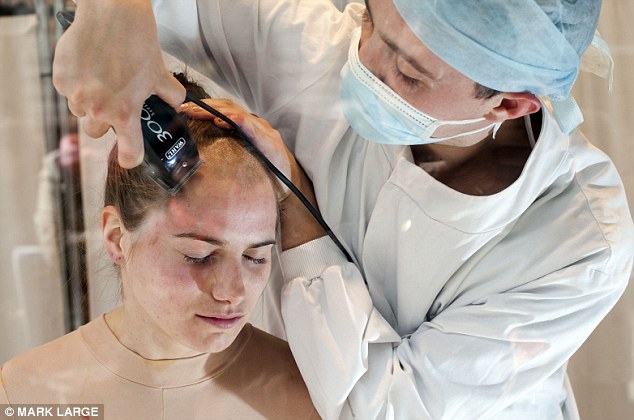
Part of the activist’s role was to endure the whole ordeal without any complaint, just like animals in labs are forced to do every day (for years on end). The entire campaign (which many might think extends beyond the realms of reasonability) was visible for media members and curious onlookers to observe. Bystanders in London eventually came to the understanding that it was a representation of animal experimentation.
